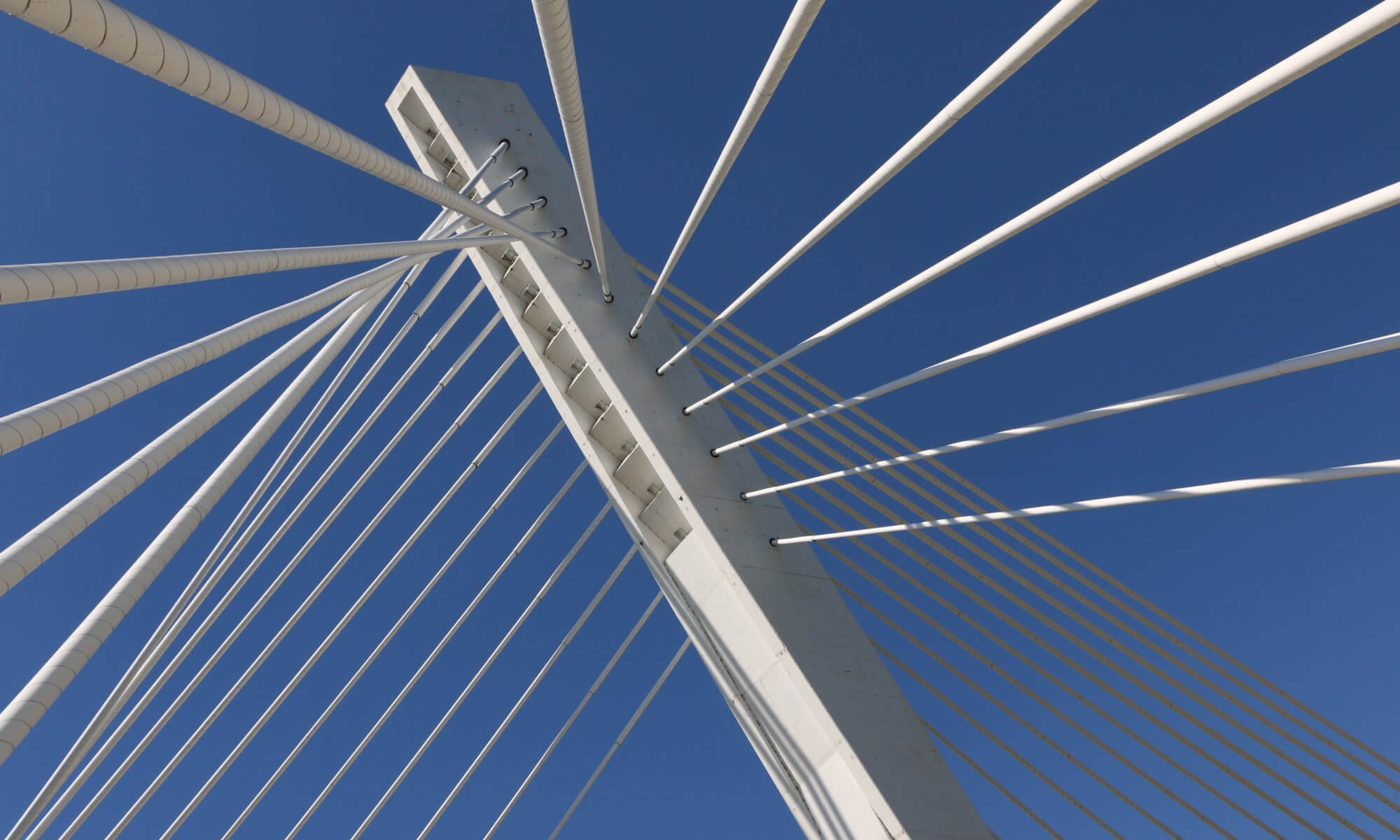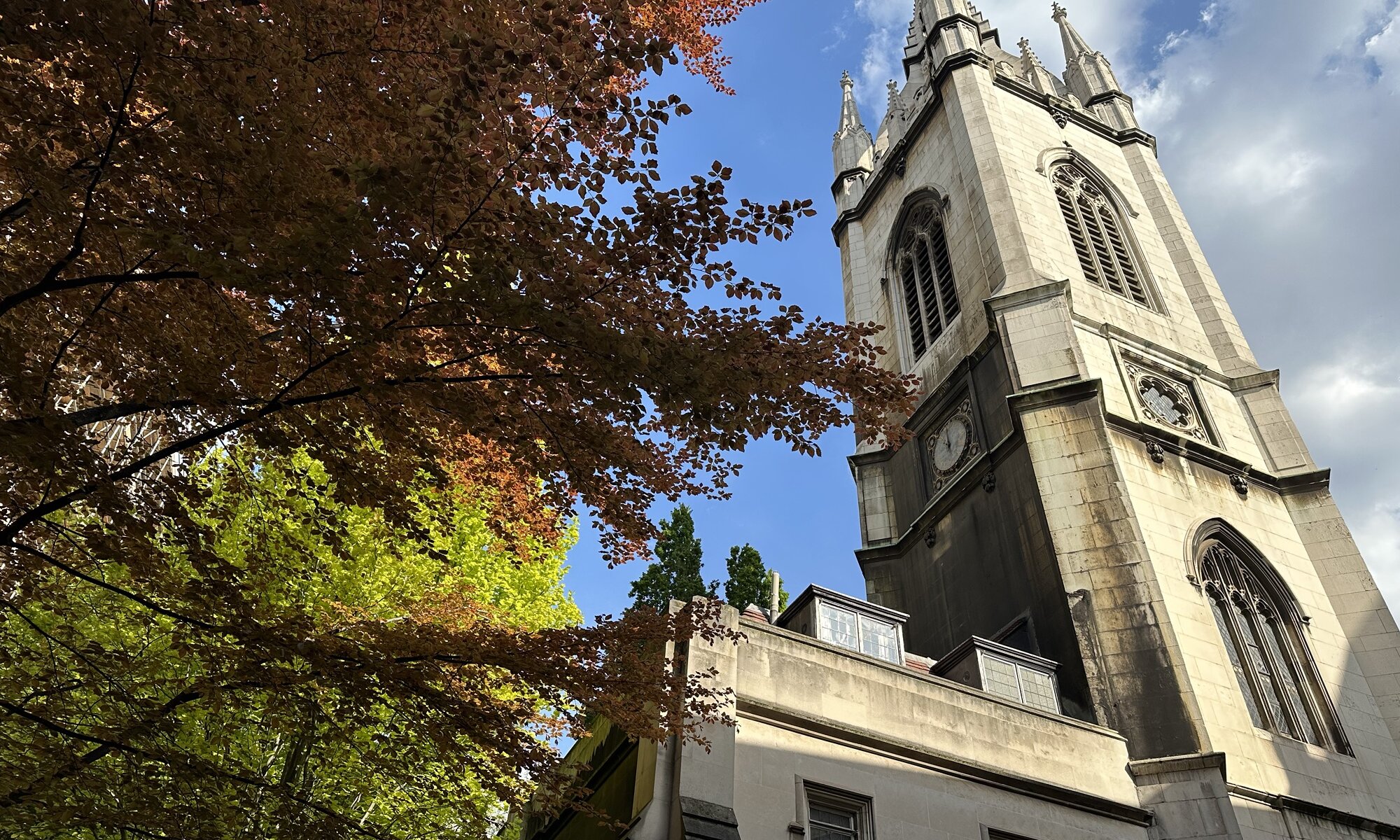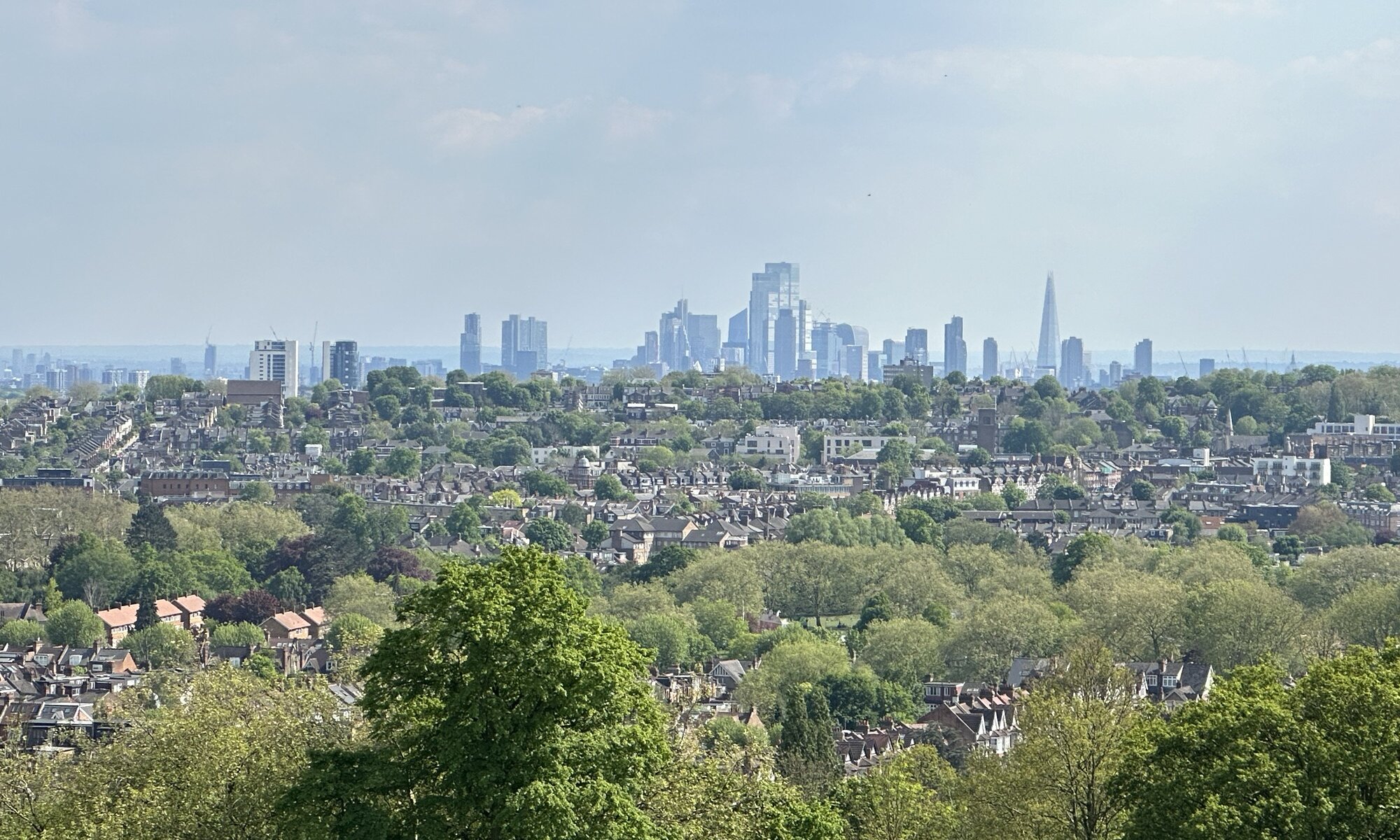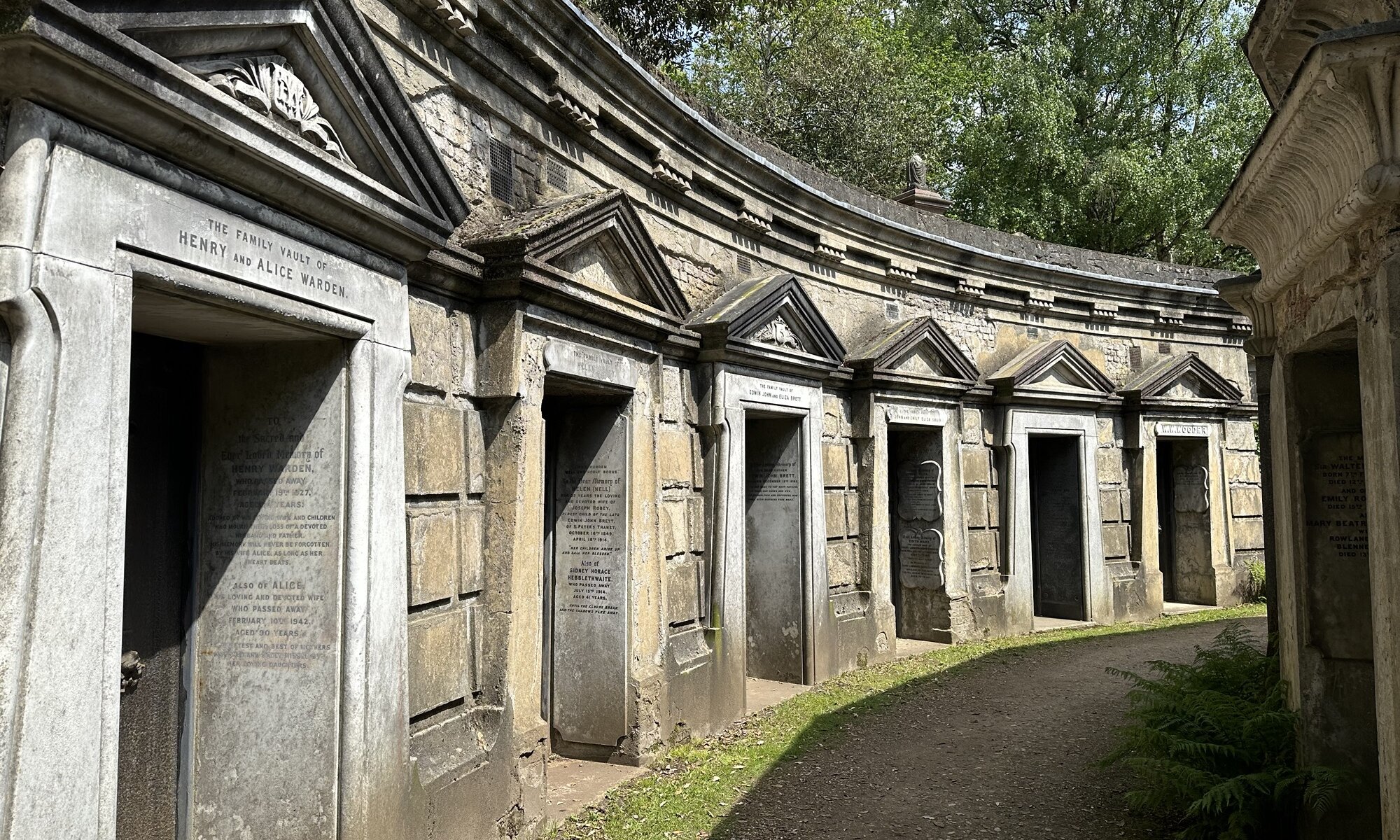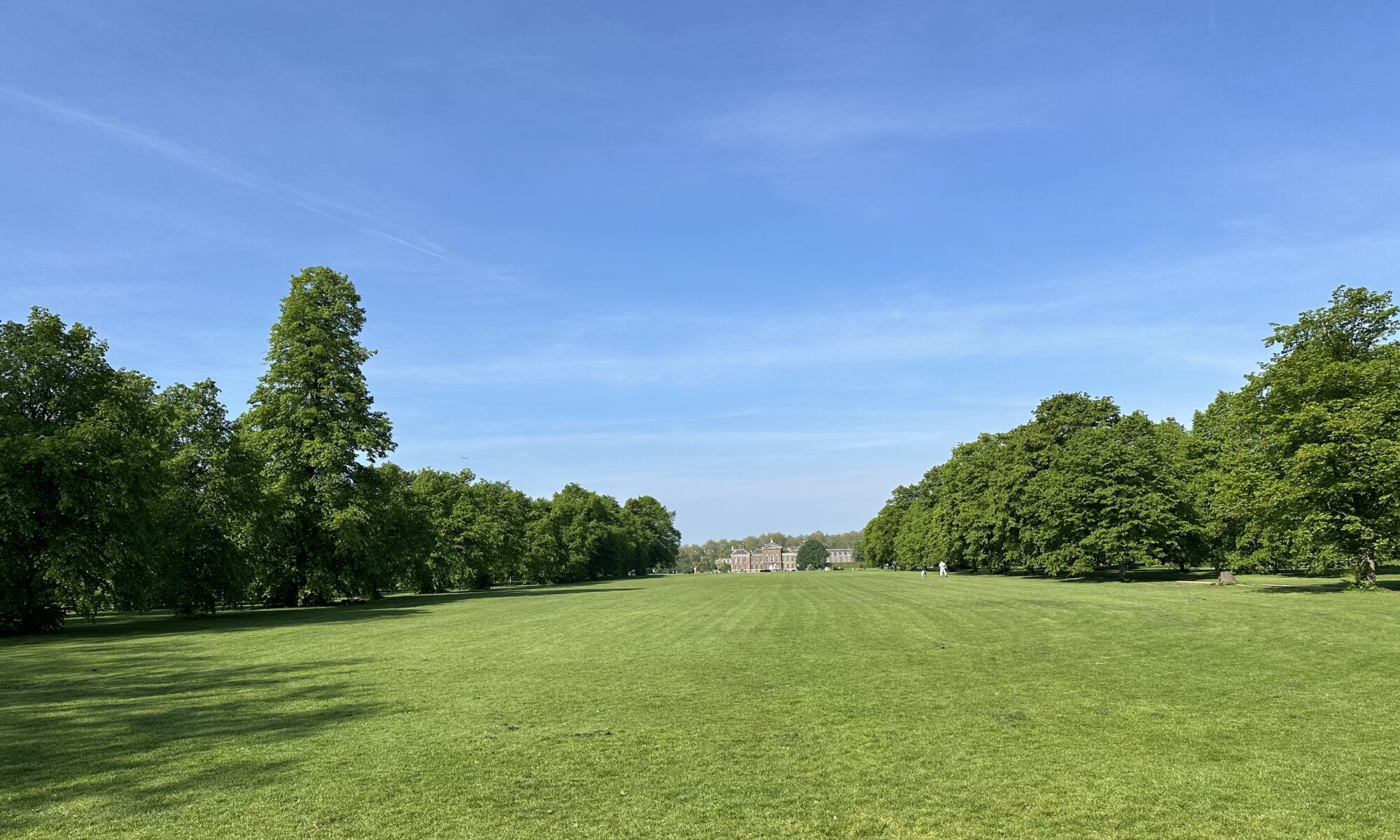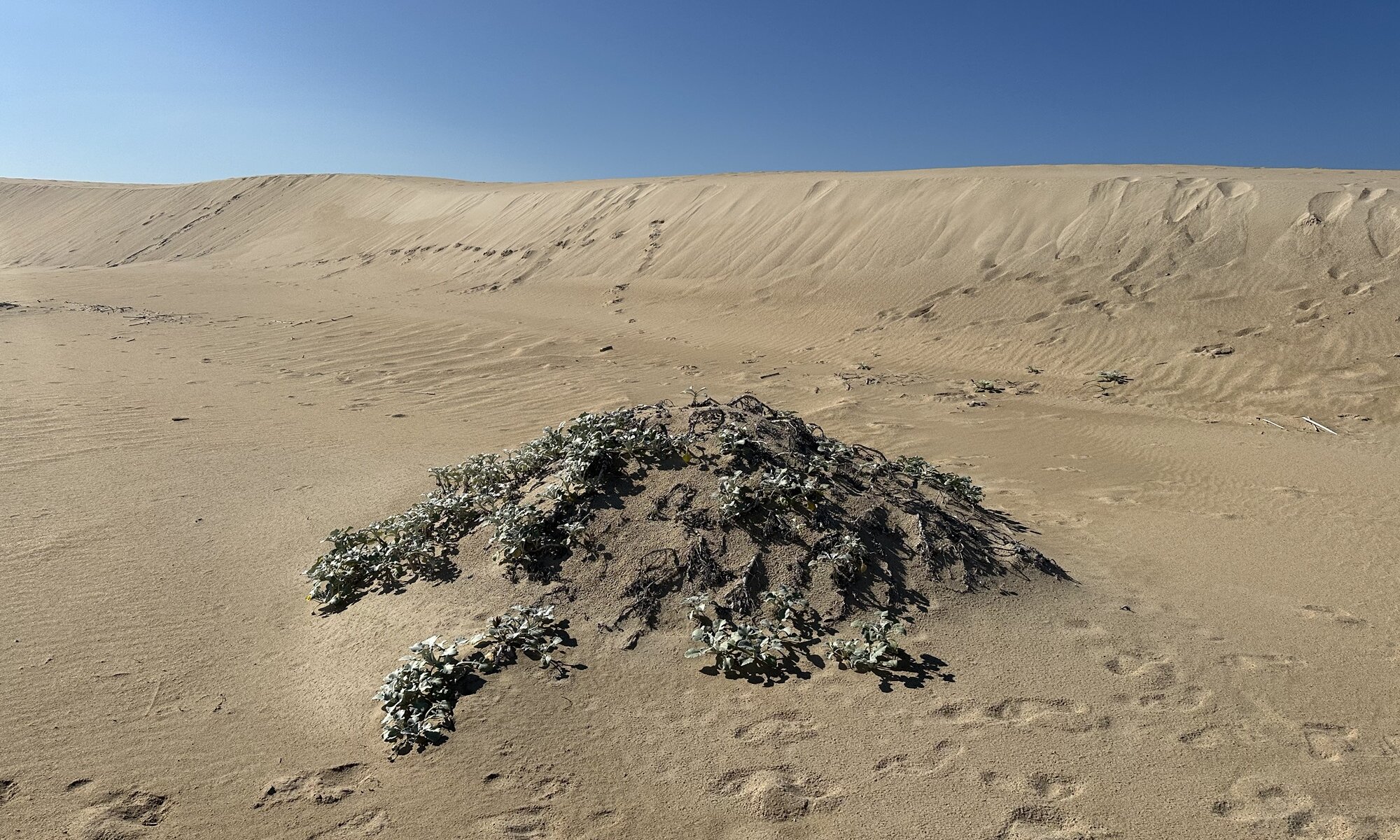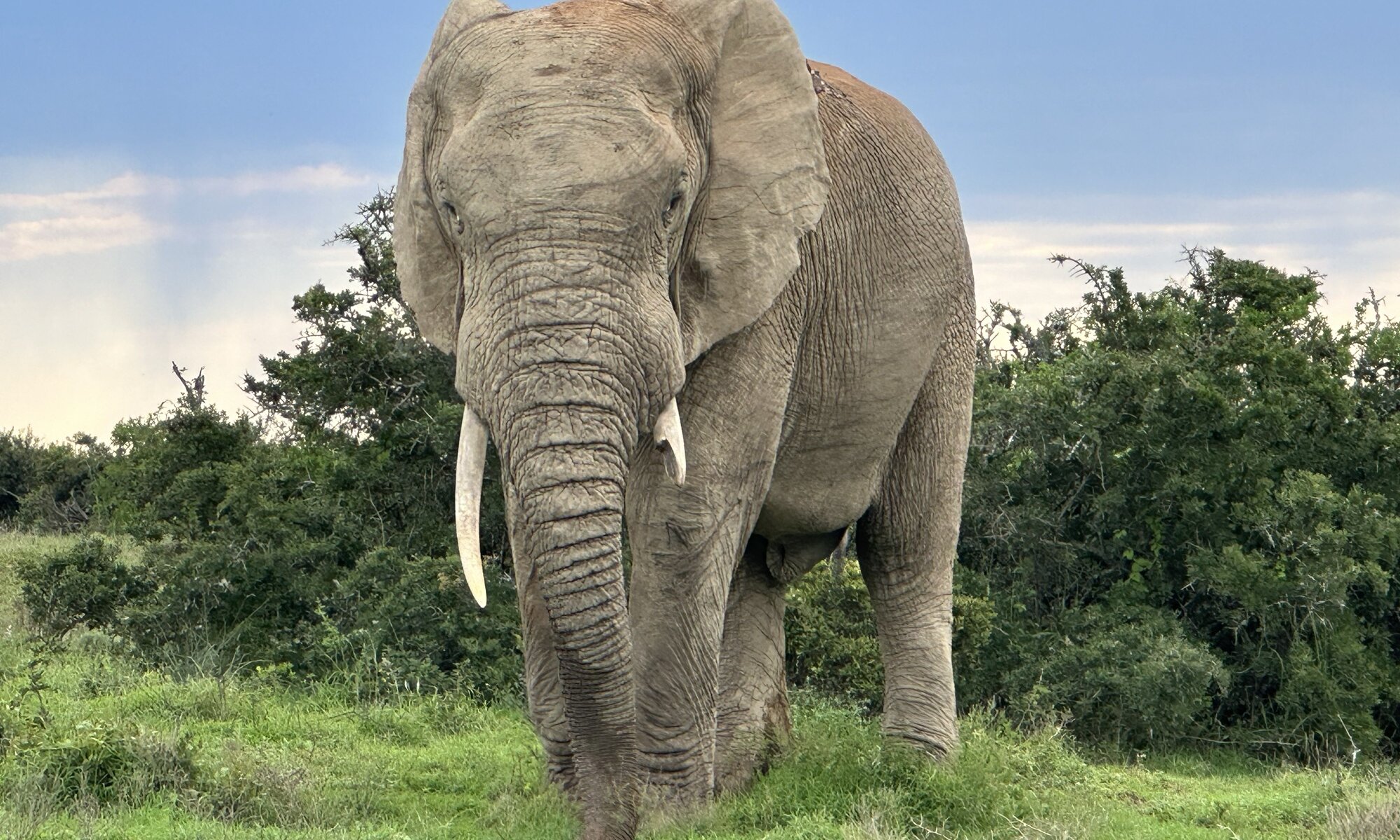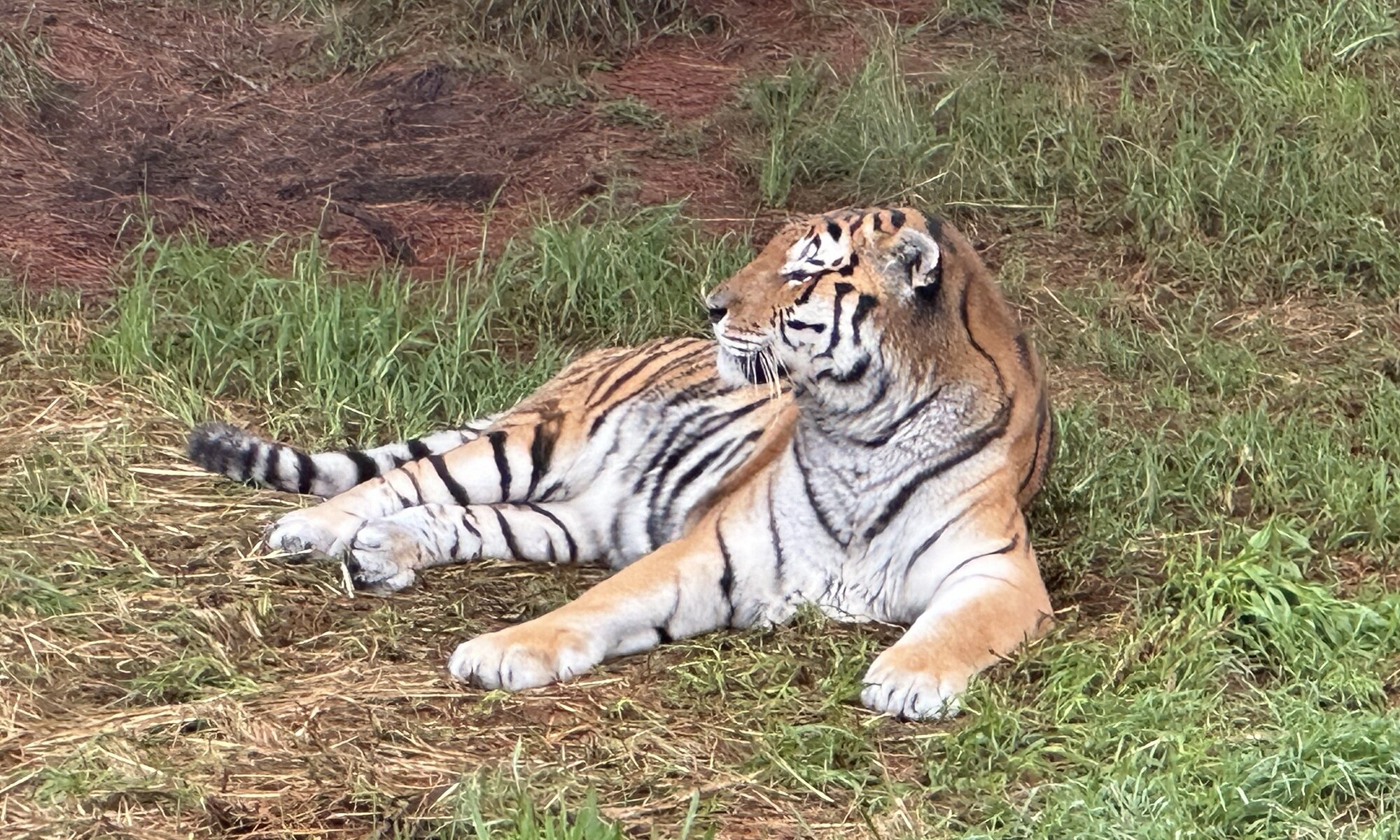Don’t be disappointed once you reach St. Dunstan-in-the-East between Monument and the Tower of London. It is often listed as a secret hint for travelers but it is more or less a small park you can sit down at, observe some squirrels and read a book while being in the city center of London. What makes it special is that the Gothic-style church from the 13th century was destroyed by a German attack in World War II; only the tower designed by Sir Christopher Wren is still fully intact. Therefore there is now a park within the walls of a former church without a roof.
Continue reading “St. Dunstan”Ally Pally
If you want to have a great view on the skyline of London there are different places to consider like Parliament Hill at Hampstead Heath or Muswell hill, but the best place I discovered by incident: the terrace of the Alexandra Palace located inside Alexandra Park. It is an event location known for darts and snooker tournaments, but Ally Pally is also the best option for Londoners to ride their sledges in the rare events of snow in the city.
Continue reading “Ally Pally”Highgate Cemetery
One of Londons highlights outside the city center is the historic Highgate Cemetery. Located in the north in todays city quarter Camden it was opened in 1839, became the graveyard for many persons living in exile and it had to close around the year 1960. Fifteen years later a friend’s association acquired the land and therefore it can these days be visited again and also burials are again happening in this place. That feels a bit odd in the beginning, but seems to work well.
Continue reading “Highgate Cemetery”Kensington Gardens
We all know the famous Hyde Park at London and when looking on a map you’ll see one big green rectangle between Paddington and South Kensington – but in fact the West Carriage Drive going from North to South in the center of it divides the Hyde Park in the East from the Kensington Gardens in the West. The latter is named after the Kensington Palace that was designed by Sir Christopher Wren and built in 1689 for William of Orange to cure his asthma.
Continue reading “Kensington Gardens”Battersea
Well, Battersea is just a city quarter of London at the river Thames, but it has two important highlights that first time London visitors might not drop by. The first is the Battersea Park, a vast garden opened in 1858. It is great for a walk, for doing some sports like jogging, or playing tennis. But it also has a large lake on which you can ride a paddleboat, the Peace Pagoda and good bars to sit outside and enjoy nice weather (if there is some).
Continue reading “Battersea”Sand dunes
The Alexandria Dune Field, located near Addo Elephant Park in the Eastern Cape of South Africa, is a striking and unique natural landscape consisting of vast sand dunes that stretch for over 30 kilometers along the coastline. These dynamic dunes are constantly shaped by the wind, creating a surreal and constantly evolving terrain of high ridges, valleys, and sand hills. The area is part of the Alexandria Coastal Wetlands, which are protected for their significant ecological value. The dunes are home to a variety of plant species, including fynbos and coastal vegetation, as well as a range of wildlife, such as small mammals, birds, and reptiles.
Continue reading “Sand dunes”Addo
Addo Elephant Park is one of South Africa’s most renowned wildlife conservation areas, famous for its large population of African elephants. The park, which spans over 1,640 square kilometers, offers a unique opportunity to observe these majestic creatures in their natural habitat, with over 600 elephants calling the park home. Aside from elephants, Addo is a haven for a wide variety of other wildlife, including the Big Five (elephants, lions, leopards, buffaloes, and rhinos).
Continue reading “Addo”Tsitsikamma
Tsitsikamma National Park is renowned for its stunning coastal beauty, lush forests, and rich biodiversity. The park is part of the Garden Route National Park and spans across rugged cliffs, dense indigenous forests, and tranquil beaches, providing visitors with a variety of outdoor experiences. A highlight of the park is the famous Storms River Mouth, where the Storms River meets the Indian Ocean, creating dramatic landscapes that are perfect for photography, hiking, and kayaking. The park is home to an array of flora and fauna, including monkeys, birds, and vibrant plant life, and offers a wealth of trail systems that lead through ancient forests and along the spectacular coastline.
Continue reading “Tsitsikamma”Herd
If you want to feed an elephant and want to accompany one on a walk you’ll get your chance at the Knysna Elephant Sanctuary. You can buy some fruits and vegetables (for 50 Rand) and will then be taken to a herd of five elephants. The sanctuary located near Knysna is a conservation-focused reserve dedicated to the protection and rehabilitation of the African elephant. Set within a lush, forested area, the sanctuary is home to a small herd of rescued elephants, offering them a safe and natural environment where they can roam freely.
Continue reading “Herd”Jukani
Lions roaring in the forest: The Jukani Wildlife Sanctuary, located near Plettenberg Bay in South Africa, is a premier sanctuary dedicated to the care and conservation of big cats and other wildlife. Founded with the goal of providing a safe, natural environment for animals that have been rescued from captivity or unethical conditions, Jukani is home to a variety of predators, including lions, tigers, leopards, and cheetahs, as well as other species like bears and hyenas.
Continue reading “Jukani”